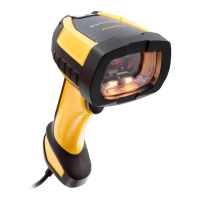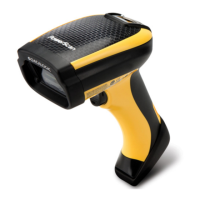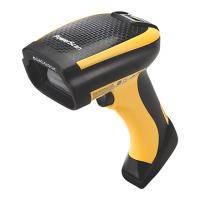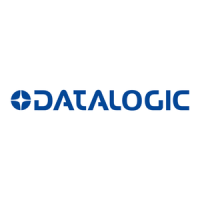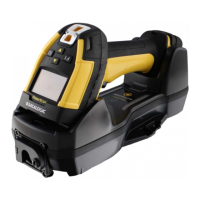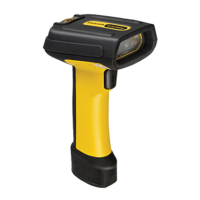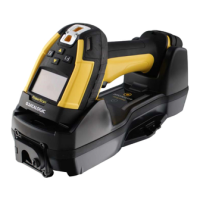Product Reference Guide
75
SYMBOLOGIES
The scanner supports the following symbologies (bar code types). Symbol-
ogy-dependent options are included in each chapter.
Disable All Symbologies, page 76 Code ISBT 128, page 113
Code EAN/UPC, page 77 Interleaved 2 of 5 (I 2 of 5), page 115
UPC-E, page 81
Follett 2 of 5 (Only standard optic
models), page 130
(only standard optic mod-
els)
GTIN Formatting, page 84 Standard 2 of 5, page 131
EAN 13 (Jan 13), page 84
Industrial 2 of 5 (Only Standard Optic
Models), page 136
(only standard optic mod-
els)
ISSN, page 86
Code IATA (Only standard optic
models), page 141
UPC/EAN Global Settings, page 89 Codabar, page 142
Add-Ons, page 92
Code 11 (Only standard Optic
Models), page 153
Code 39, page 95 GS1 DataBar™ Expanded, page 161
Code 32 (Ital Pharmaceutical Code), page 103 GS1 DataBar™ Limited, page 165
Code 39 CIP (French Pha
rmaceutical), page 104 Code 93, page 167
Code 128, page 105 MSI, page 185
GS1-128, page 112
Plessey (Only Standard Optic
Models), page 190
Default settings are indicated at each feature/option with a green arrow.
Also reference Appendix B, Standard Defaults for a listing of the most widely
used set of standard factory settings. That section also provides space to
record any custom settings needed or implemented for your system.
To set most features:
1. Scan the ENTER/EXIT PROGRAMMING bar code at the top of
applicable
programming pages.
2. Scan the correct bar code to set the
desired programming feature or
parameter. You may need to cover unused bar codes on the page, and
possibly the facing page, to ensure that the reader reads only the bar
code you intend to scan.
3. If additional input parame
ters are needed, go to Appendix D, Keypad,
and scan the appropriate characters from the keypad.
Additional information about many features can be found in the “Ref-
erences” chapter.
If you make a mistake before the last character, scan the CANCEL bar
code to
abort and not save the entry string. You can then start again
at the beginning.
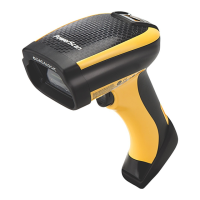
